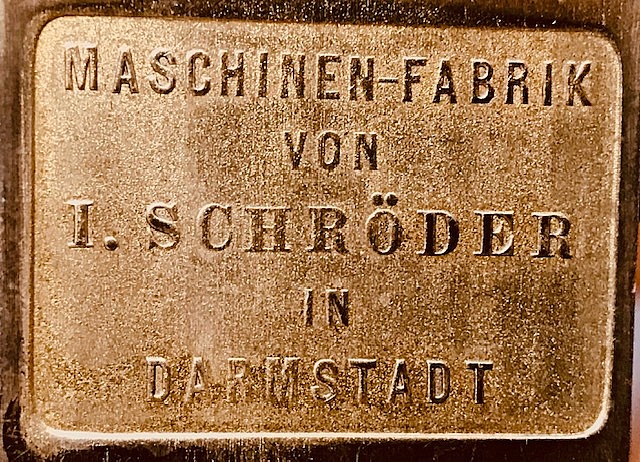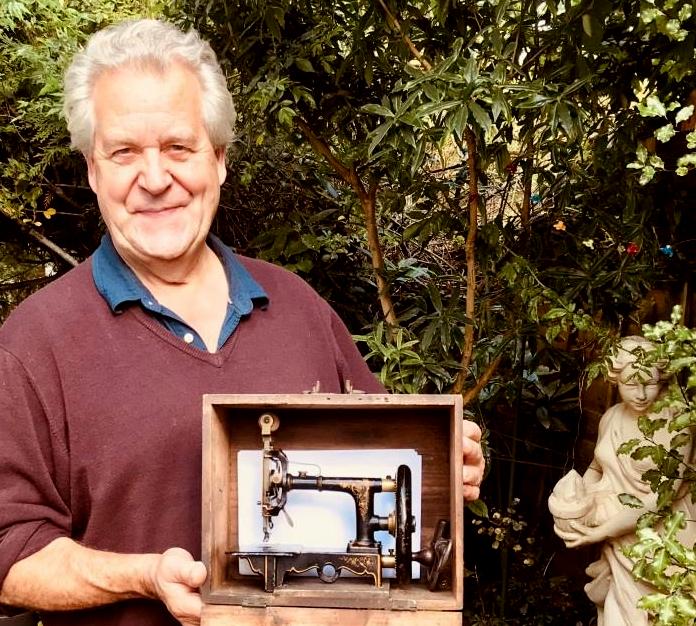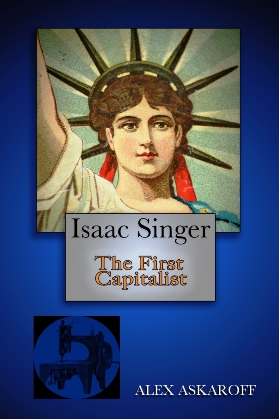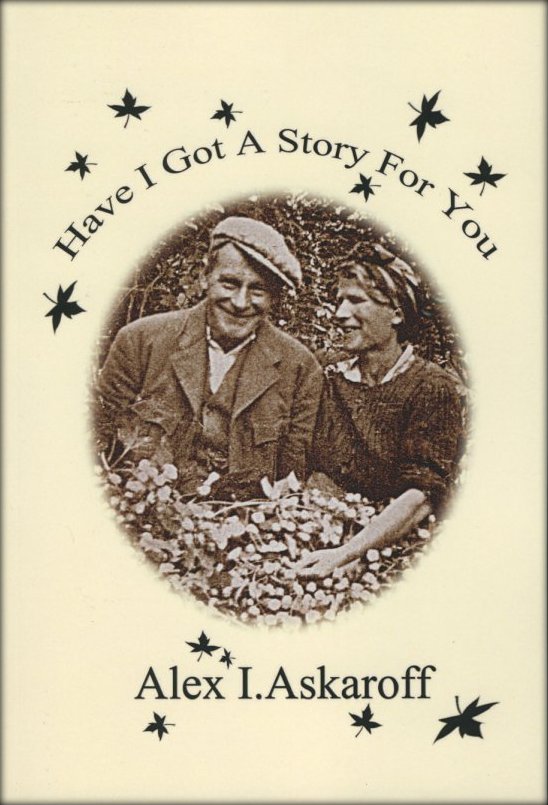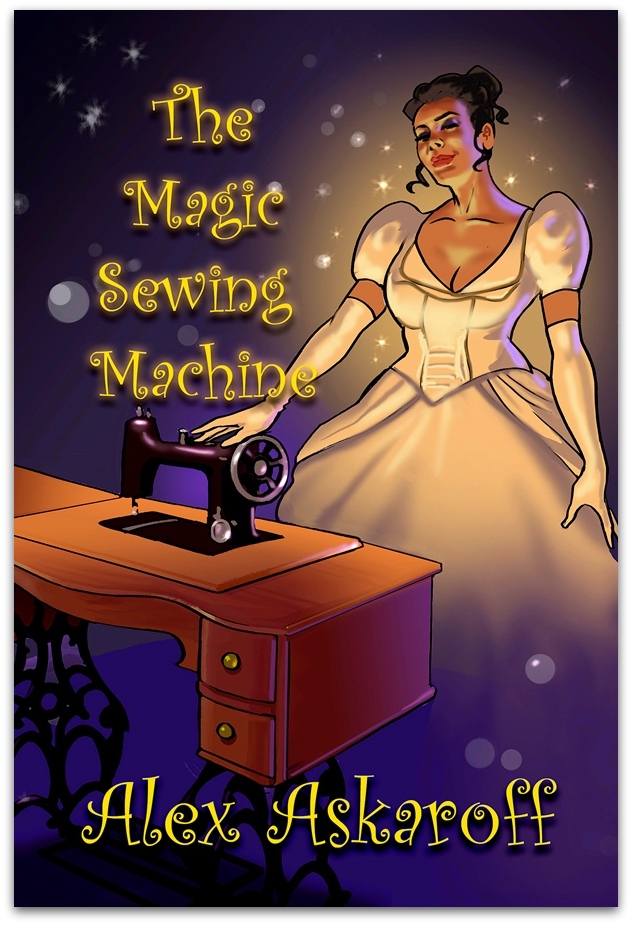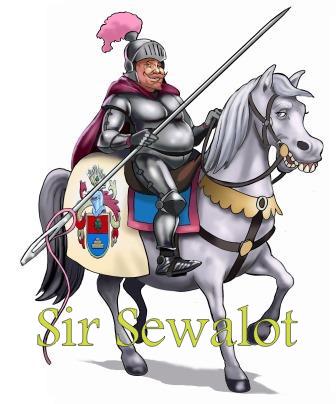|
||||
|
|
Alex I Askaroff
Alex has spent a lifetime in the sewing industry and is considered one of the foremost experts of pioneering machines and their inventors. He has written extensively for trade magazines, radio, television, books and publications worldwide.
Over the last few decades Alex has been painstakingly building this website to encourage enthusiasts around around the Globe.
|
|||
|
The Schroder chainstitch sewing machine of 1862 Schröder Sewing Machine of 1862 The Schröder Sewing Machine of 1862 is a rare machine today. You can see there are no teeth. the machine is fed by the upper foot and adjusted by the brass knob in the front. There are only a handful of these machines known to survive. Made by hand in Germany they are usually individually stamped. This one has No11 stamped onto it. One of the greatest finds in my Sewalot Collection so far is the mysterious Schröder Sewing Machine of 1862. No one can be certain just how many sewing machine makers there were in the ‘boom years’ from 1855-1920. What we do know is that once the main sewing machine patents expired, the field was open to every budding entrepreneur who wanted to have a go. Some succeeded, most failed. Untold millions were invested in production only to end with financial ruin. In fact the history of the sewing machine is littered with bankruptcies and failure. For every success there were a thousand flops. This is great for collectors. All around the world unknown and rare sewing machines pop up as regularly as mushrooms after a harvest moon. Unmarked machines are often an enigma that may never be solved, a journey from manufacture to oblivion lost to the pages of history. To collectors, ultra-rare but ‘named machines’ are like signed oil masterpieces, few and far between. Besides the odd patent model, the Schröder walking foot is one of those rare beasts. Just a handful are known to survive. The boxes were made to fit and came with extra support for travelling. Once the lid is closed the machine cannot move. It is probably why this model has survived in such remarkable condition. Many refer to this machine as being made by Jakob Schröder (1809 to 1887), however it is clearly stamped I Schröder on the side plate. On a few of the machines that have turned up there seems to be a J for Jakob hidden under the four screws that hold the main body to the top of the machine. Perhaps brothers in business? Either way, the manufacture of seven sewing machines from model A to F started in Darmstadt, Germany around 1860. They were copies of popular machines of the period including Raymond and Grover & Baker models. The few facts that we know are these. Schröder found an importer in London to handle the wholesale market for his machines. This was Joseph Myers & Co of 144 Leadenhall Street, London. Underneath the machine you can just make out the Schröder mark and Darmstadt in the casting. Because the machine is a top feed there is little mechanism underneath. In 1862 Schröder machines were exhibited at the World’s Fair. The Great London Exposition was also known as the International Exhibition. It was to promote all the latest industrial advances of the age from manufacturing countries around the world. It is where the Natural History Museum now stands and looked a little like a brick built version of Crystal Palace with two huge domes and long colonnades for exhibits. The show was open for six months from May to November and was visited by millions of people from business men and traders, agents and wholesalers, to members of the public fascinated in all the latest inventions. Queen Victoria also visited. The Schröder chainstitch walking foot was hand-built to the highest standards. Here you can see a close up of the beautiful craftsmanship on the tension unit. the cotton reel is a friction fit between two revolving cones. Often a drop of oil on the tiny felt between the cones helps the tension as it allows the reel to turn more smoothly. Schröder apparently exhibited all seven sewing machines in the ‘manufacturing, spinning and weaving’ section of the show under the ‘Grand Duchy of Hesse’ banner in the South West transept. The machines ranged from £19. 9s to £3. We have never discovered where his ‘walking-foot chain-stitch’ was in this list. Possible the £3 model as it was cheaper and easier to make than a lock stitch and would have competed with similar 55-shilling machines of the period made by manufacturers like Charles Raymond. These details will probably be cleared up in the years to come. Here on the back view you can see the wonderful brass hand-cut gears. If the company had survived they would have had to switch to steel gears to prolong the use of the machine. Both Raymond and Weir switched to cross-cut steel gears on their chainstitch machines. Note the sprung leaf spring tension plate (to apply pressure to the walking foot assembly). Besides advertising for retailers and agents it is probably at this exhibition that Myers gained some of his agents who would go on to sell Schröder machines around the country. We know my machine that one was Richard Lee in Runcorn (an industrial town in Cheshire). The prettiest. most compact, and best finished machine made! J G Weir sold the Schroder machine for a short time as The Lady's sewing machine, advertising its 'extra speed and superior finish'. Each machine came with six needles, screwdriver, pliers, tucking guide, clamp and oil. It was nearly twice the price as his 55 shilling chain stitch. James Galloway Weir also sold the Schroder sewing machine for a time in the 1860s, calling it the The Lady's sewing machine (when he was looking for other supplies besides his famous Charles Raymond machine). It was during this period that J G Weir sold The American Hand machine, a 'New England style' chain stitch sewing machine, possibly from J G Folsom in Massachusetts. There is also some information that shows the Schroder sewing machine may have been sold as ‘the Mignon’ which roughly translates from old French as ‘small and pretty’, a perfect description. Schröder’s machines were short lived. It shows that however brilliant the design, quality and manufacture, there was no guarantee of success. The machine appears to be entirely hand painted by German craftsmen. It is a forgotten art today. On the French Vigneron chainstitch machines (copy of the Raymond) the centre shaft is adjustable to allows perfect meshing of the gears but unfortunately not on the Schroder. Note the punch marks in the brass gears. These are timing marks. This remarkable machine was discovered in the loft of a retired silk worker in Macclesfield, Cheshire, not far from Runcorn. We don’t know the complex and hidden path the machine has led to allow it to survive to this day. What we do know is that my mysterious Schröder Sewing Machine of 1862 is in remarkable original condition and possibly the finest known to exist so far. It is now a prize in my Sewalot Collection. Oh and I’ve had another compartment added to my large Ikea coffin so that I can take this beauty (and all the others) with me! Here you can see the Runcorn agent for I. Schröder sewing machines, Richard Lea, Ironmongers. Note the clear spelling of Von I. Schröder, Darmstadt, Germany. Also note the walking foot with the aggressive teeth to pull the work through. They work very well and the machine makes a good quality stitch. The needle plate is part of the cast bed and not removable. Here you can see the side plate and how it clearly states I. Schroder-Schröder. I'm hopeful that either I will be corrected or the Internet will correct the countless mistakes to J. Schröder as the maker. As I write this article in September of 2022 not one site mentions I. Schröder. Hopefully that will change. Isn't the world of 19th Century sewing machines fascinating! The cases for the Schroder sewing machine has locating holes for the base and a bracket so that when the case is closed the machine is locked into position for travelling. It is possibly why this rare machine has survived so well. It is now part of my Sewalot Collection. Bye for now. |
||||
|
Most of us know the name Singer but few are aware of his amazing life story, his rags to riches journey from a little runaway to one of the richest men of his age. The story of Isaac Merritt Singer will blow your mind, his wives and lovers his castles and palaces all built on the back of one of the greatest inventions of the 19th century. For the first time the most complete story of a forgotten giant is brought to you by Alex Askaroff.
"This
may just be the best book I've ever read."
"My five grandchildren are
reading this book aloud to each other from my Kindle every Sunday.
The way it's written you can just imagine walking
beside him seeing the things he does. News Flash! Alex's books are now available to download or buy as paperbacks and hardbacks on Amazon worldwide. Some free with Amazon Kindle.
|
||||
|
Well that's it, I do hope you enjoyed my work. I have spent a lifetime collecting, researching and writing these pages and I love to hear from people so drop me a line and let me know what you thought: alexsussex@aol.com. Also if you have any information to add I would love to put it on my site.
http://www.youtube.com/watch?v=8-NVWFkm0sA&list=UL Sir Sewlot, protector of the Sewalot Site
|
||||
|
|
|
|||
CONTACT: alexsussex@aol.com Copyright ©
As a
new collector I have found your site
has increased my knowledge in
a short time to a degree
that I couldn't have
imagined.
|
||||
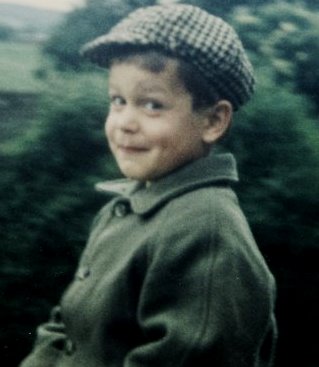
.jpg)
.jpg)
.jpg)
.jpg)
.jpg)
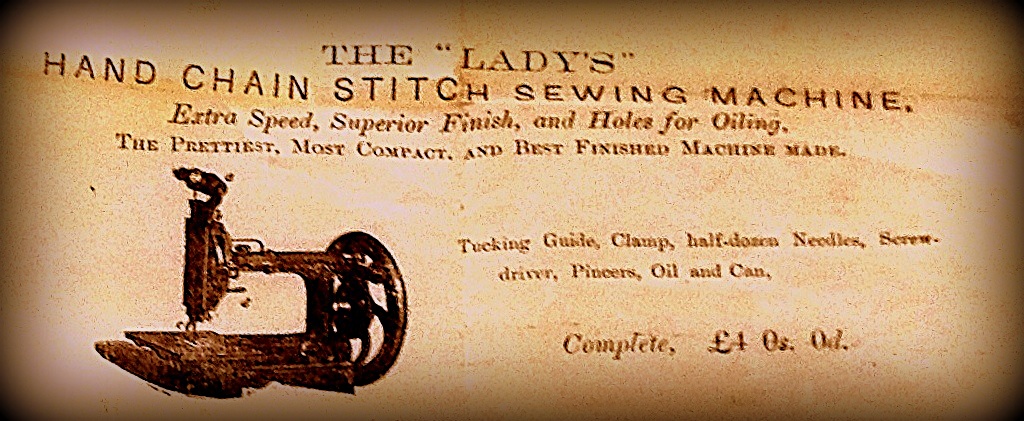
.jpg)
.jpg)
